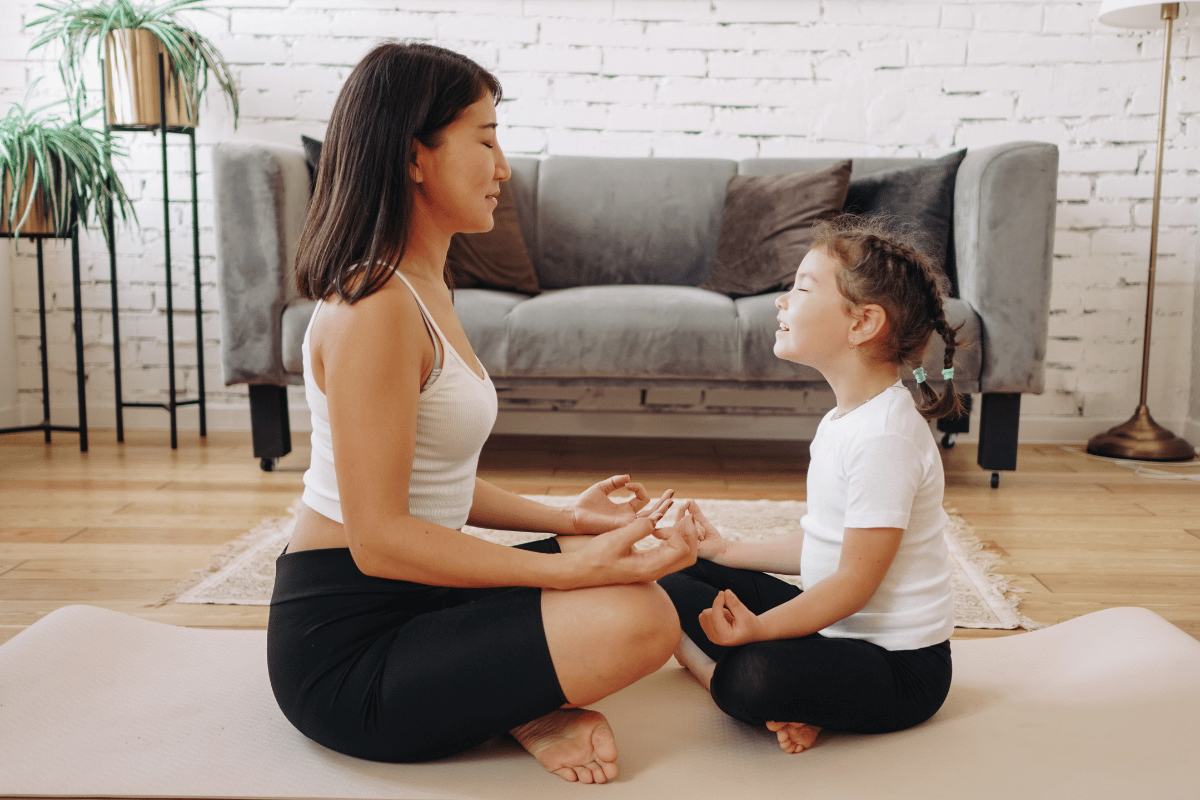
Have you noticed that mindfulness has become a buzzword, and is increasingly well-known and talked about since the 20th century?
Well, it's also one of the qualities that can help your child succeed in life.
As anyone with children knows, parenting is a unique yet challenging journey full of ups and downs – and worrying about your child's future and wanting the best for them is a very natural part of the ride.
As parents, we can provide many different experiences for our children to explore how to be emotionally resilient, and mindfulness is an amazing experience that our children can learn and use to connect to their lives.
Watch: Mindfulness meditation for children. Post continues after video.
But the question is: How do mindful parenting and connection help to create emotional resilience in kids?
Firstly, let's define mindfulness in this context: it means taking the time to notice and be present in every moment – and it can help your child develop emotional resilience, self-awareness, and positive habits.
Think about entering a dark room – you stand at the doorway feeling for the light switch, which at times can feel like a lifetime. You know the light switch is somewhere near, but you can't find it. Then when you eventually find the light switch and turn up the dimmer, and the light begins to filter into the room, it shines brighter and brighter until it fully reveals the familiar room. But you had to slow down, use your senses and be fully present to find the light switch.




























































































